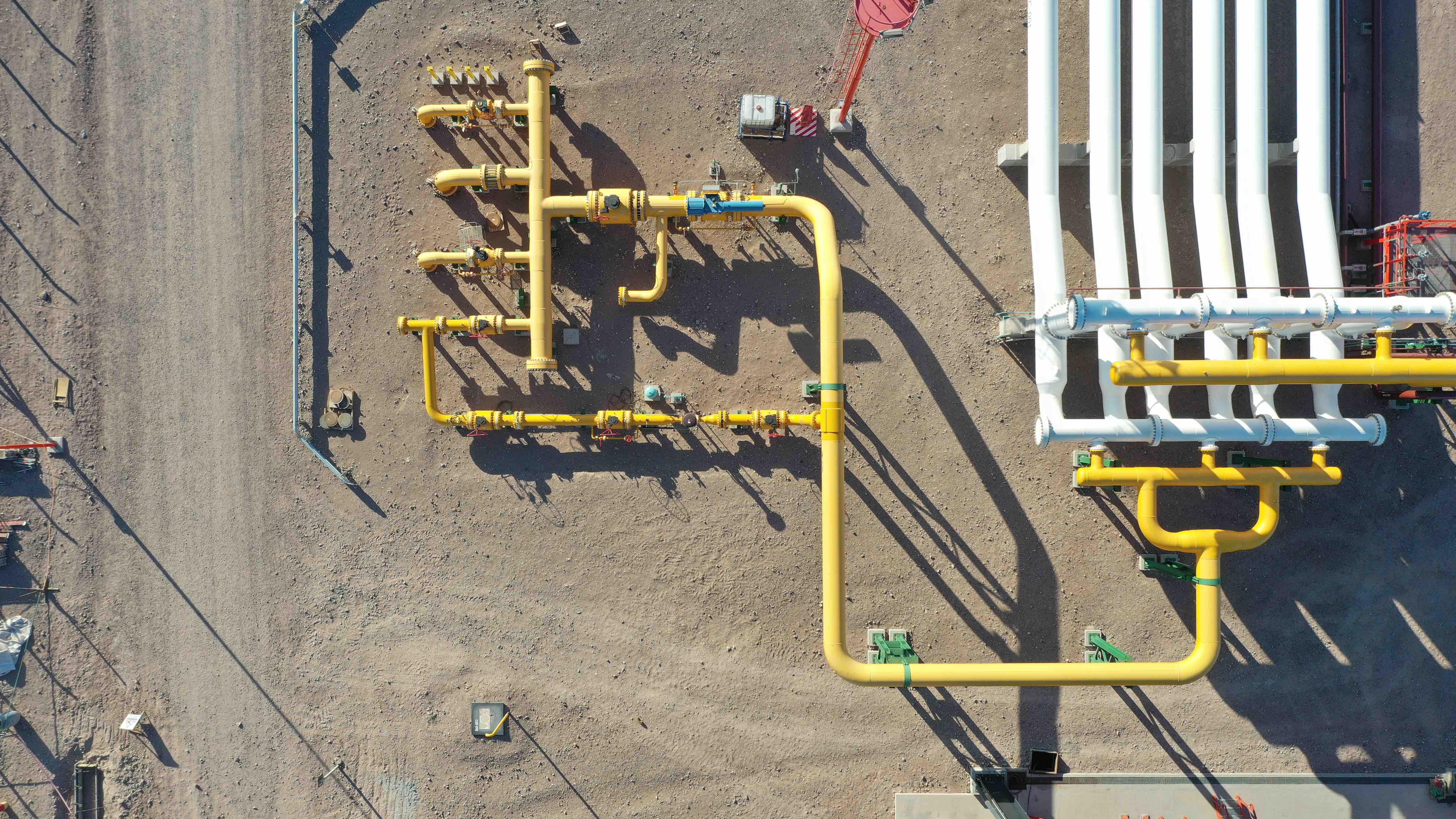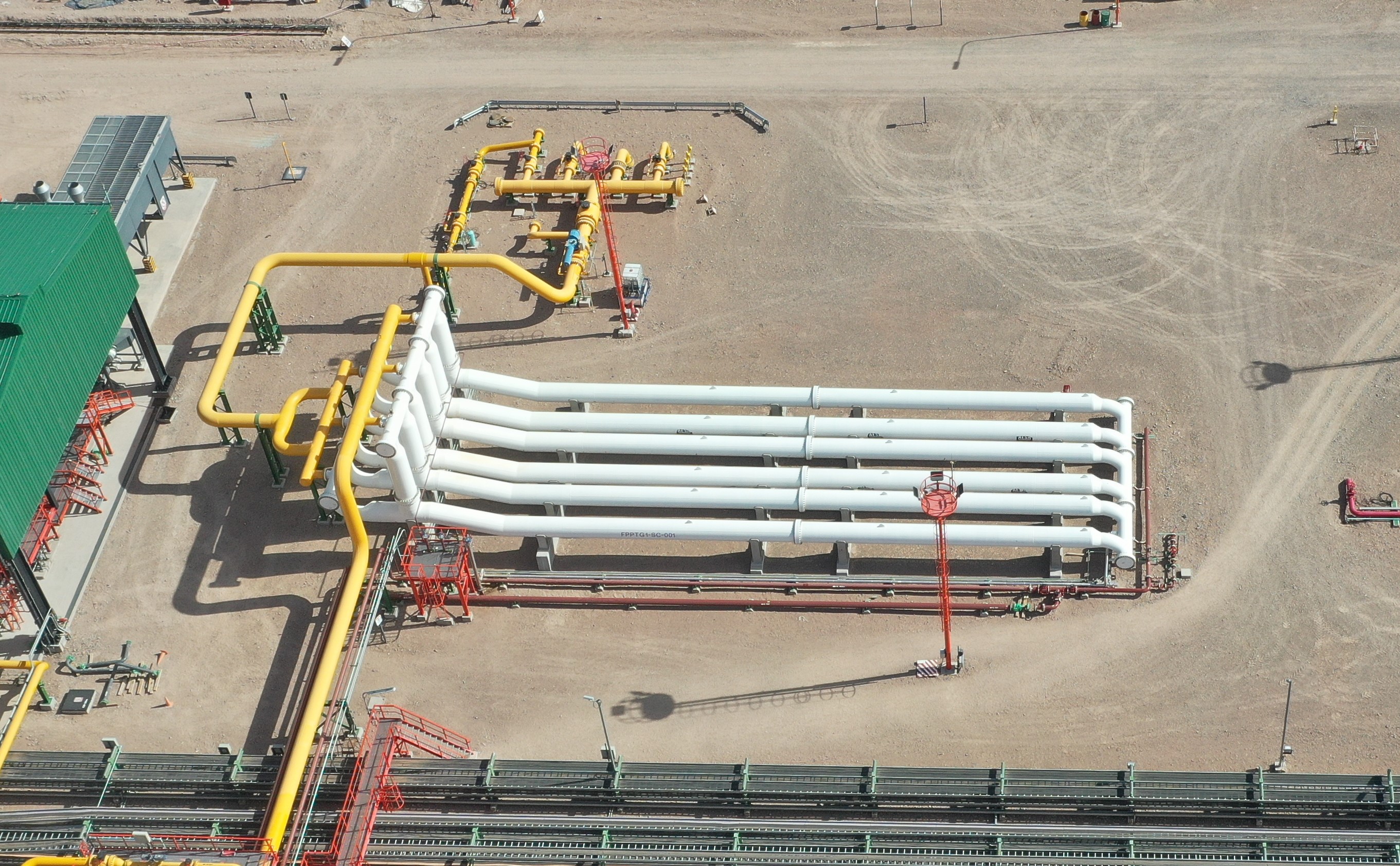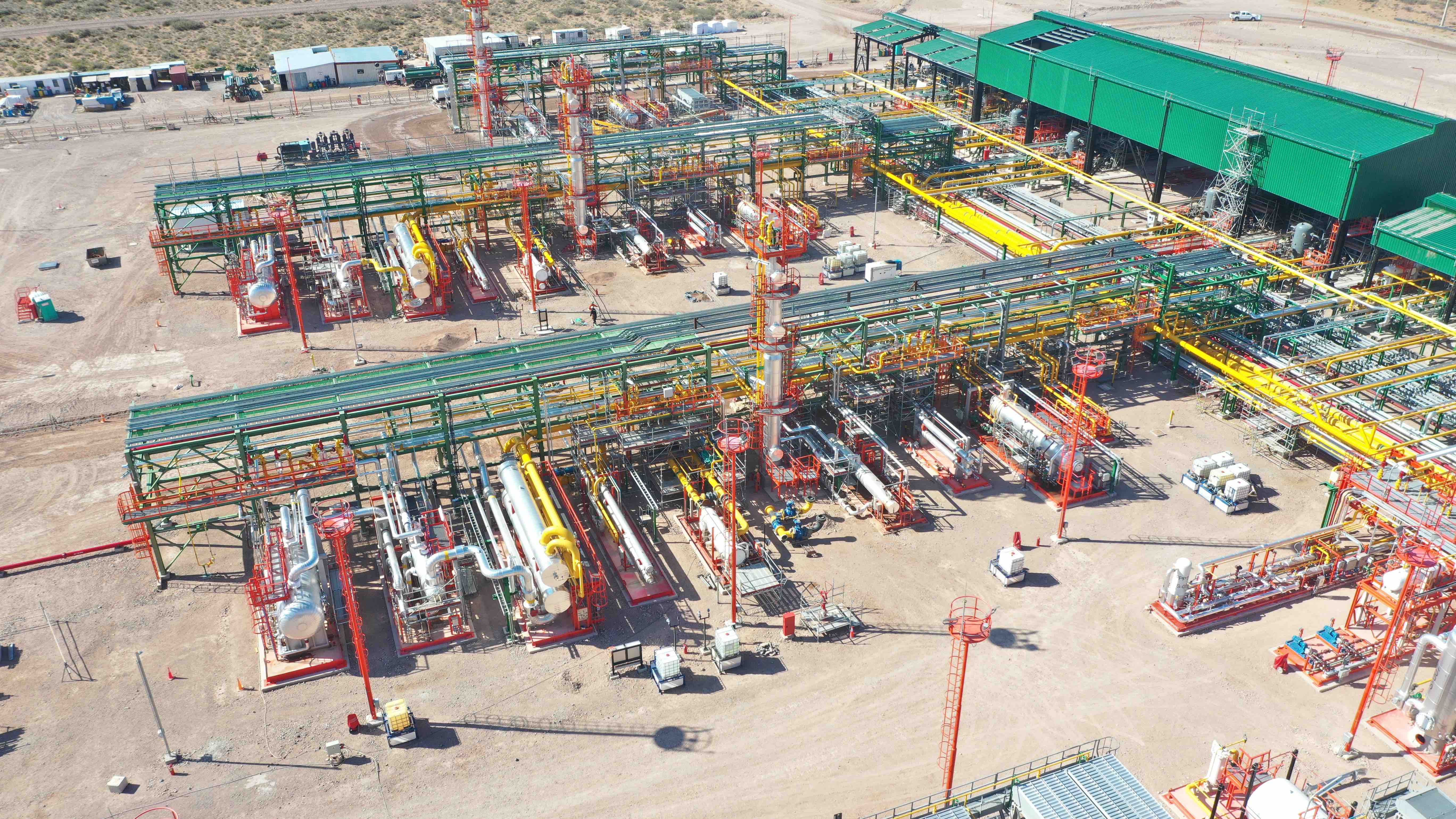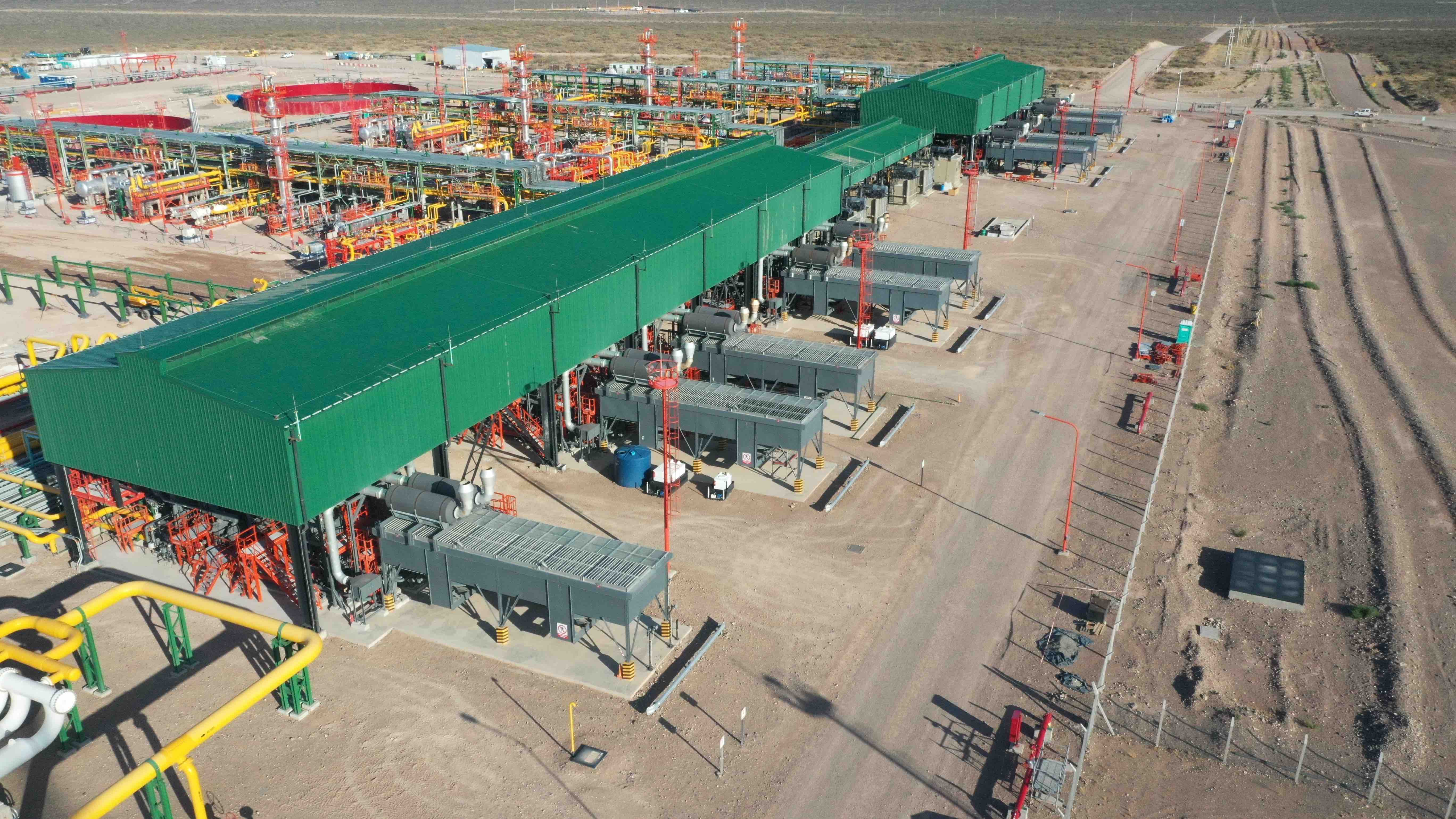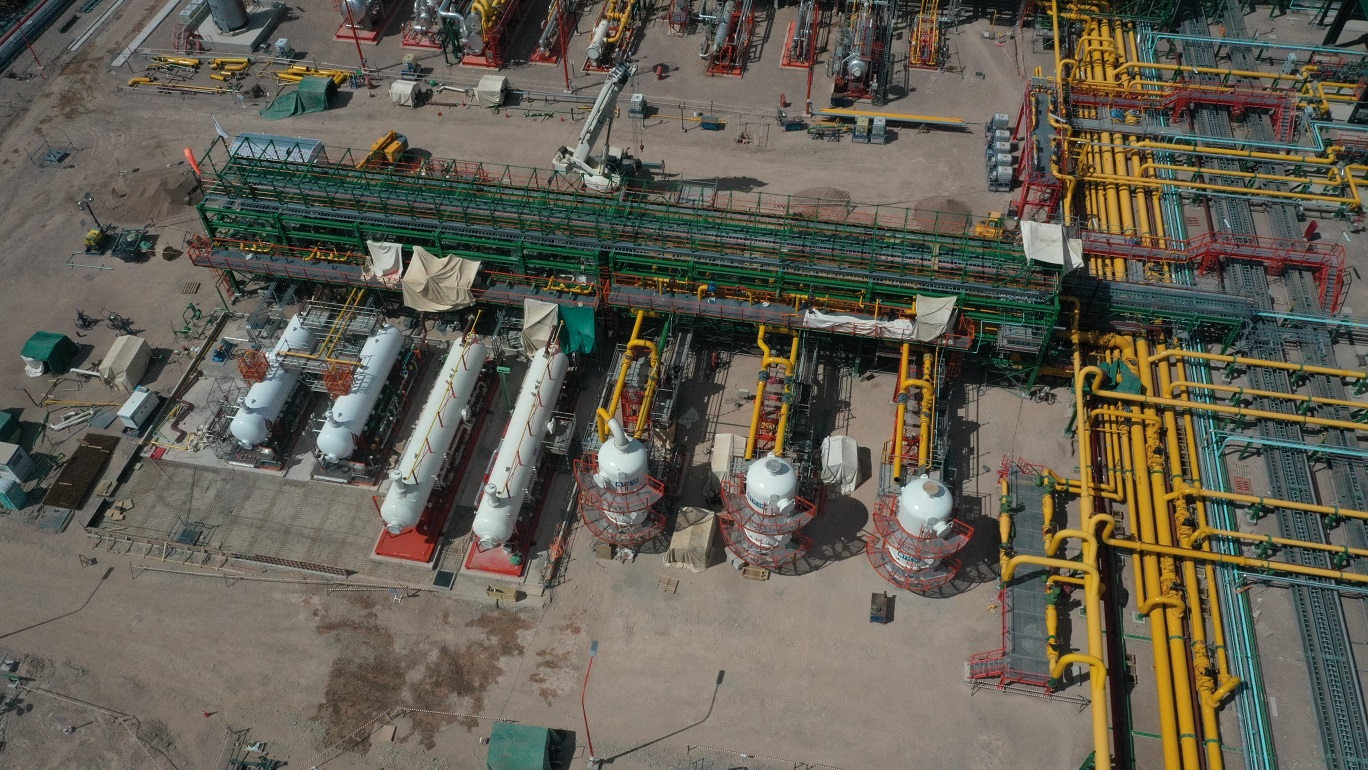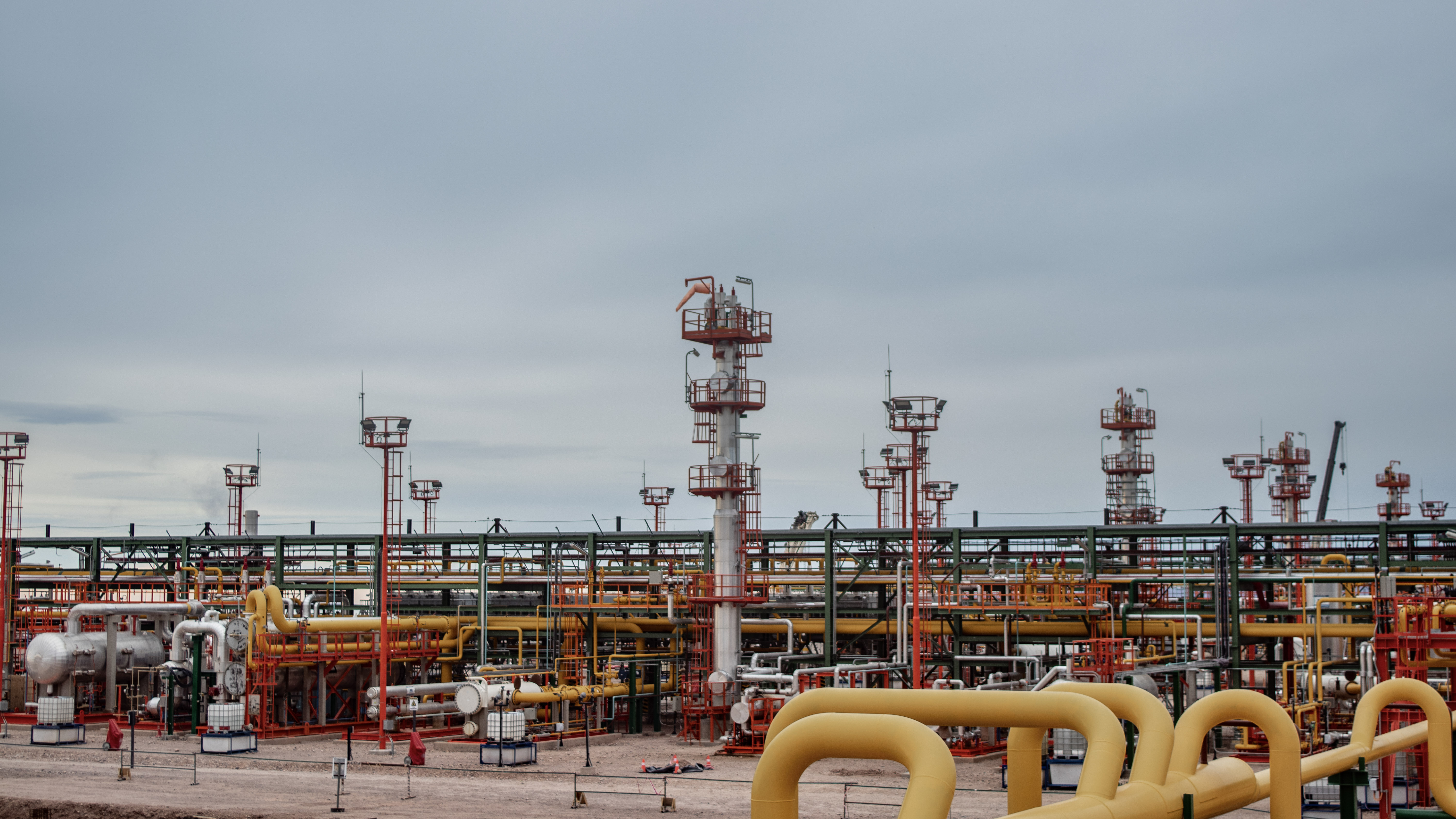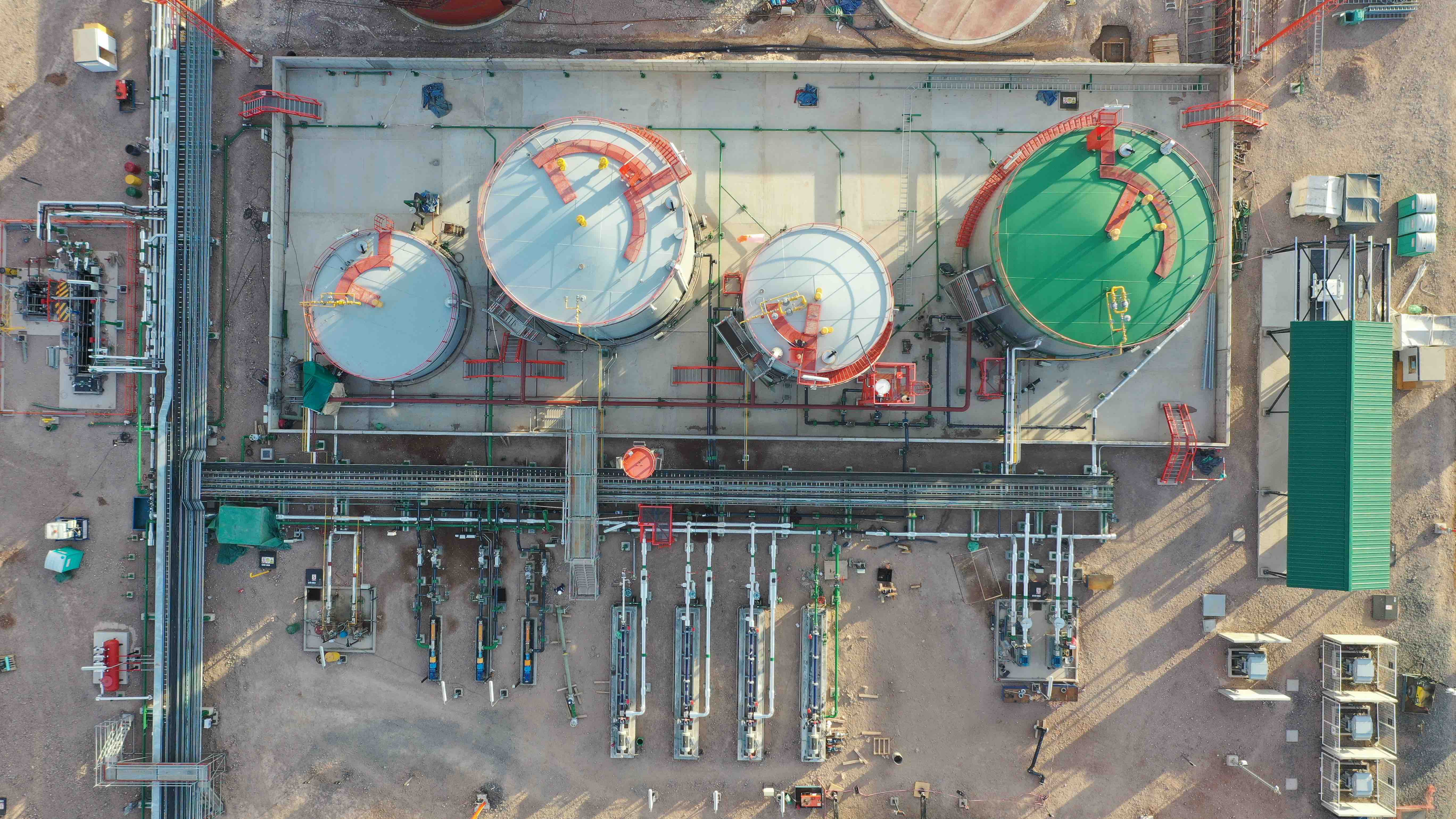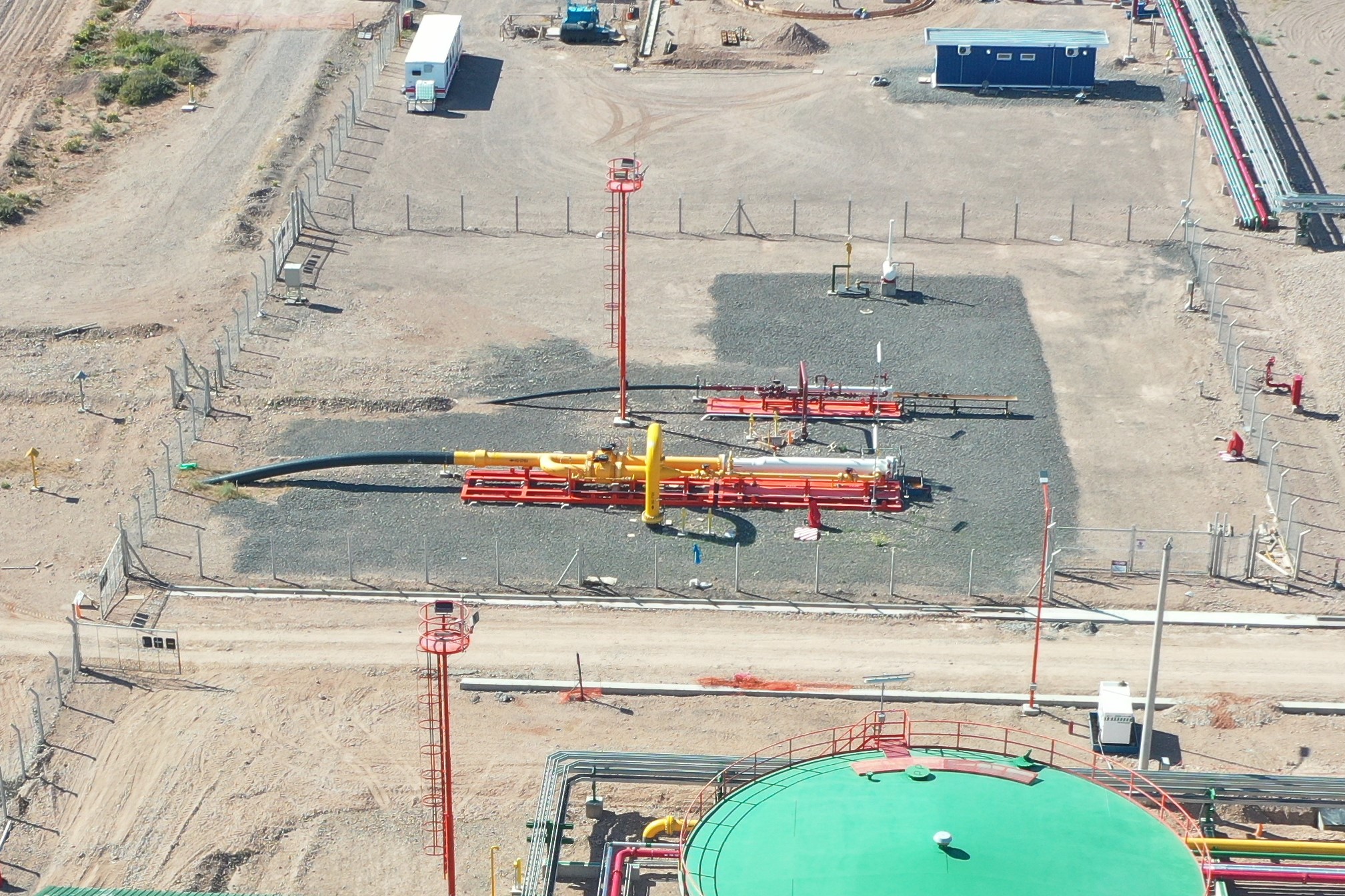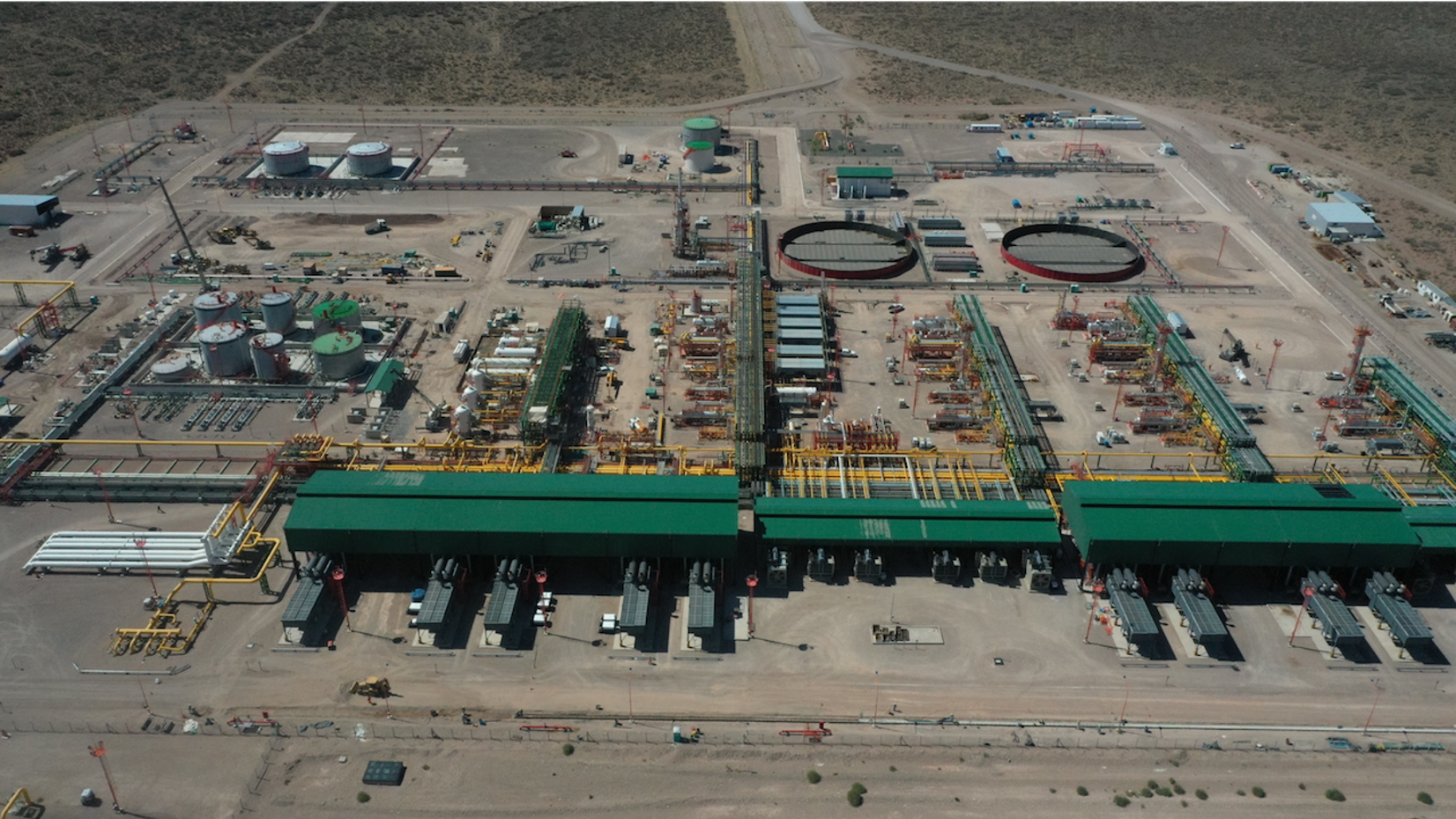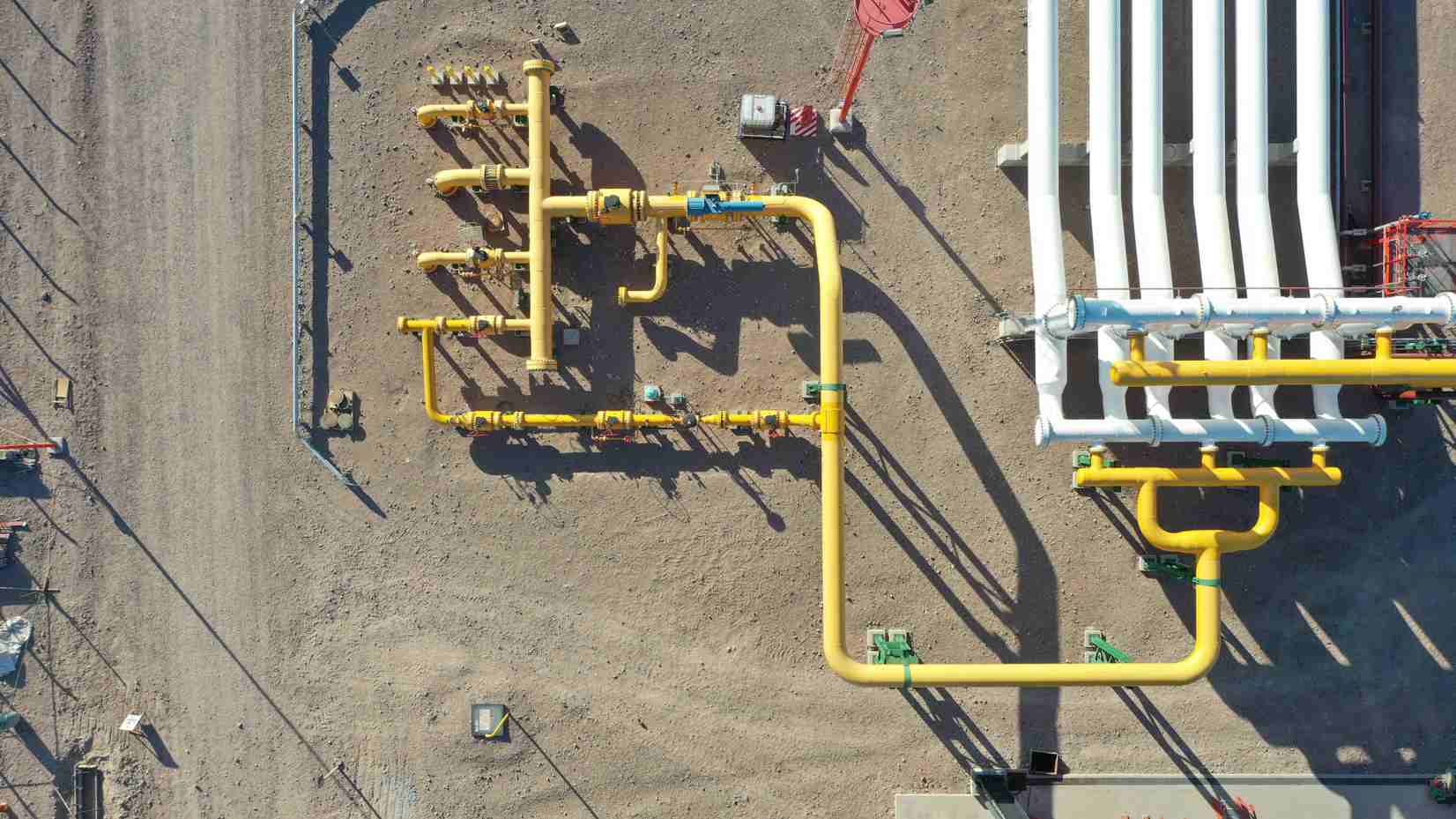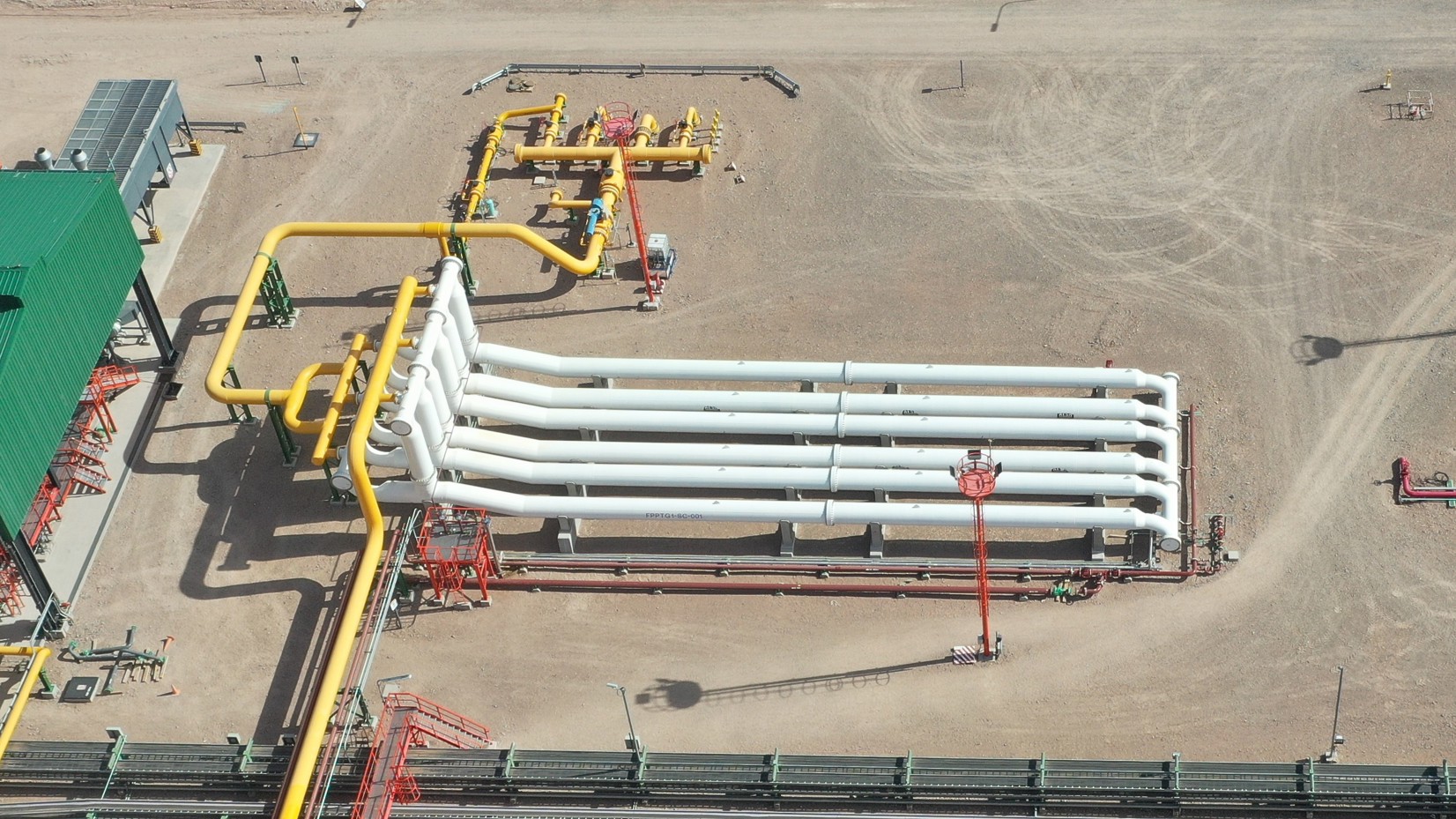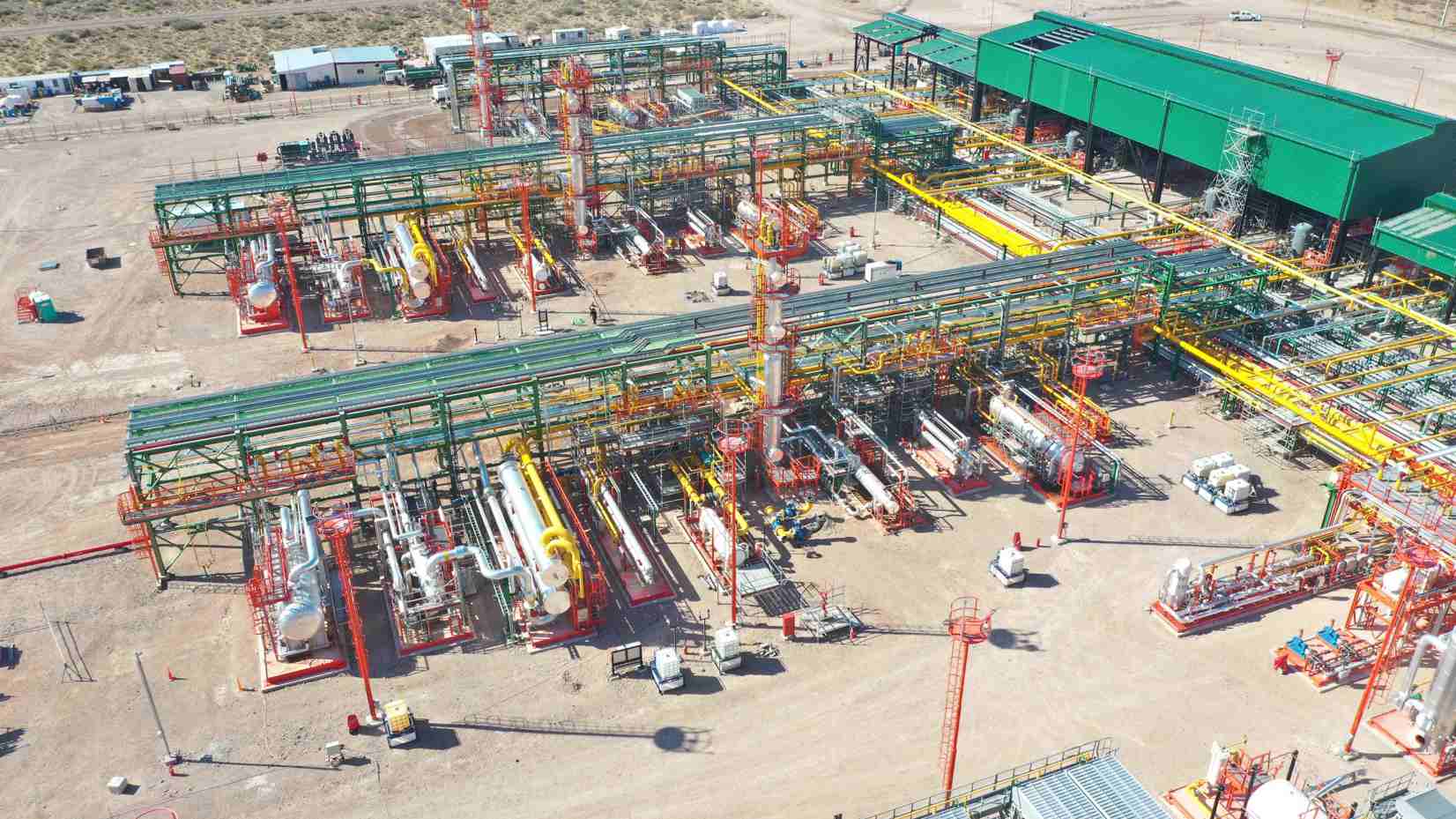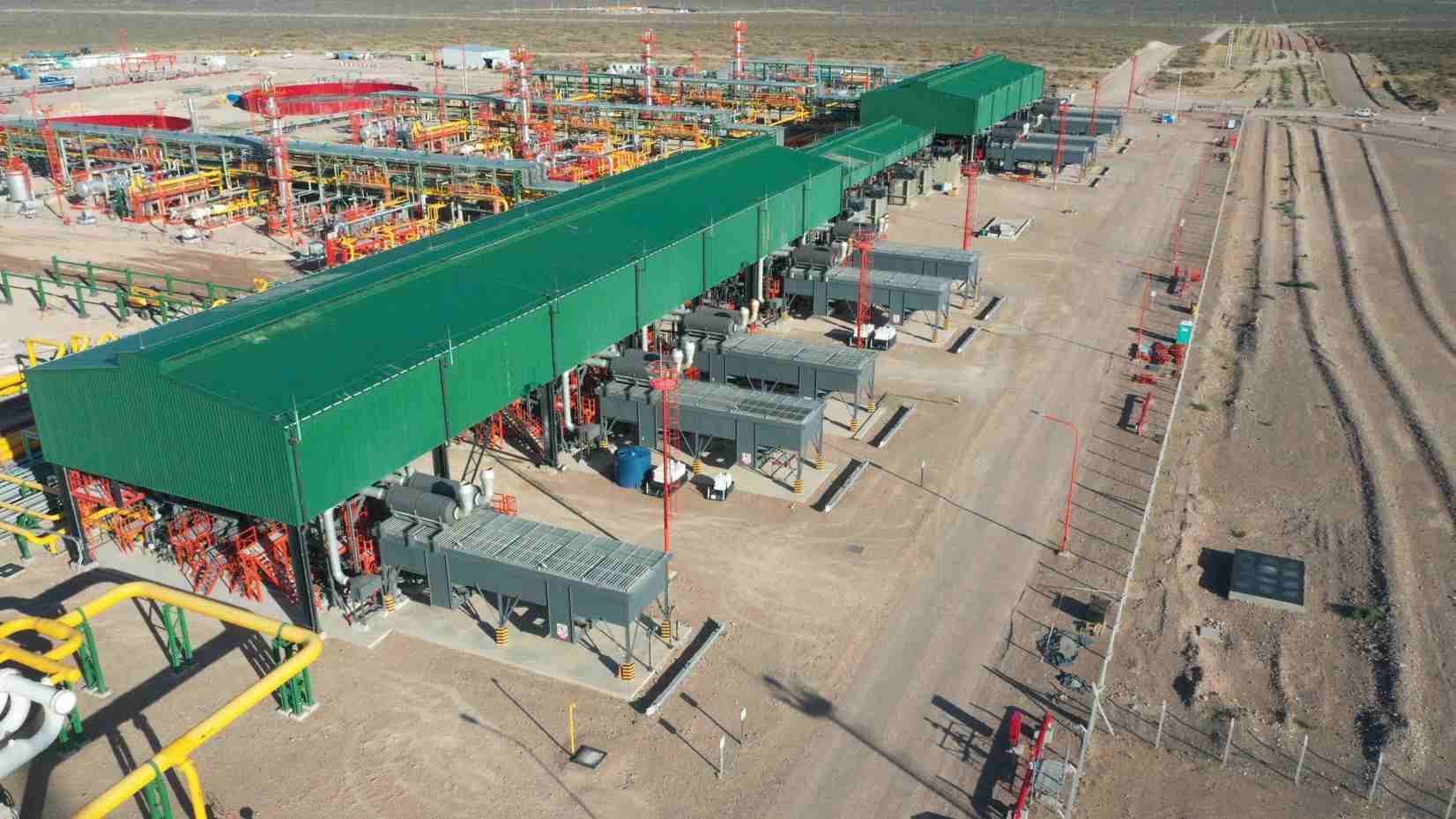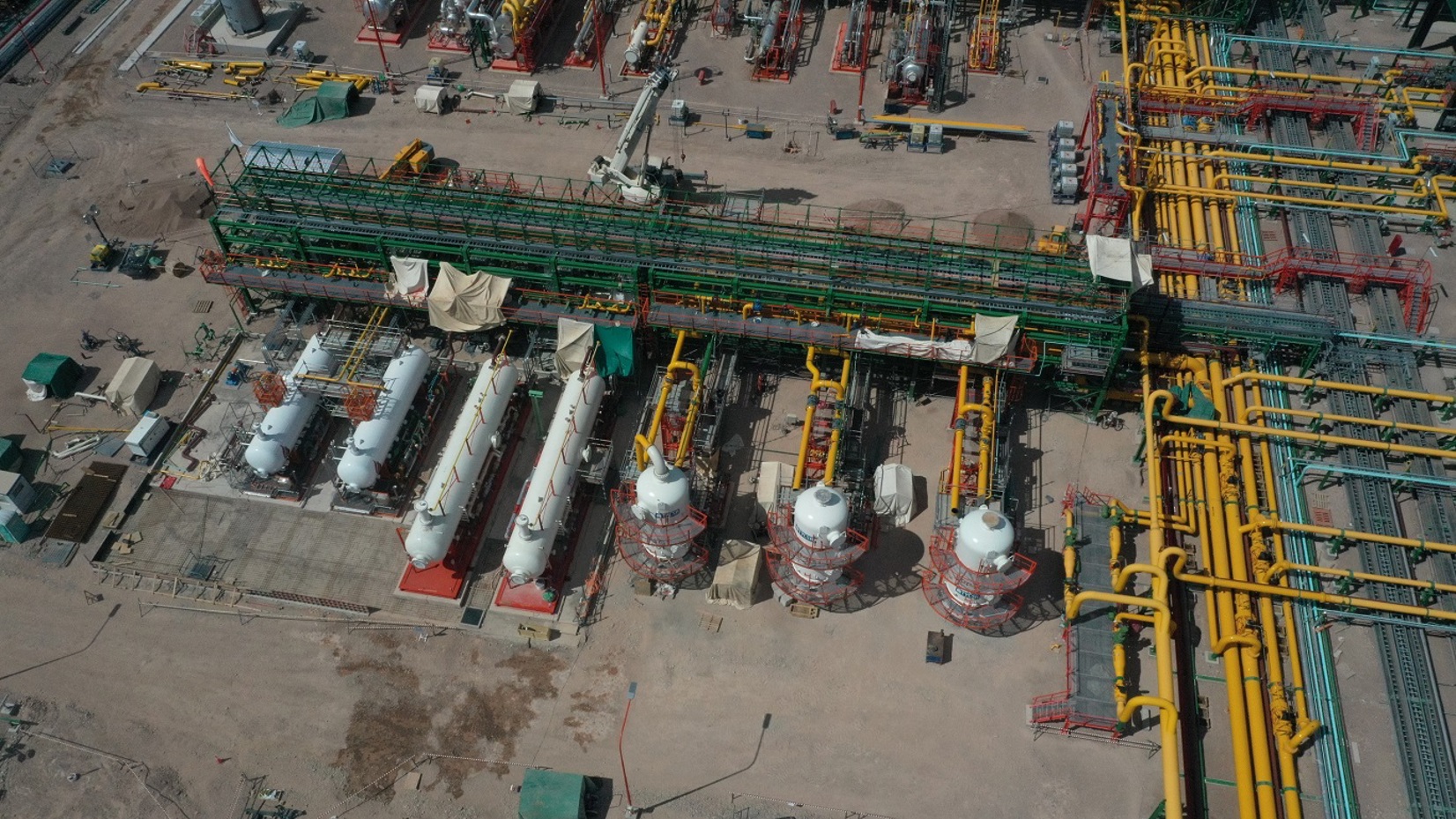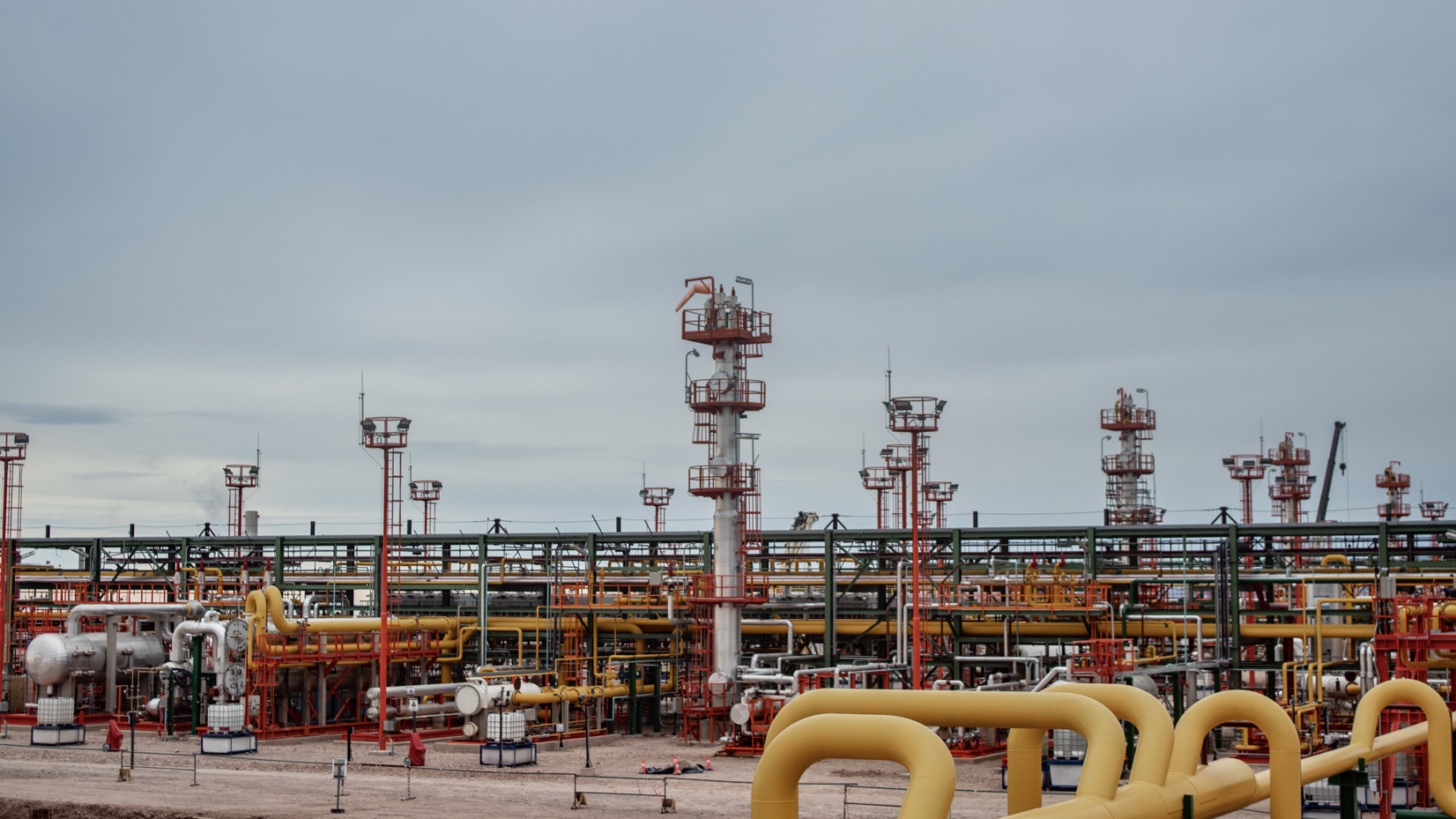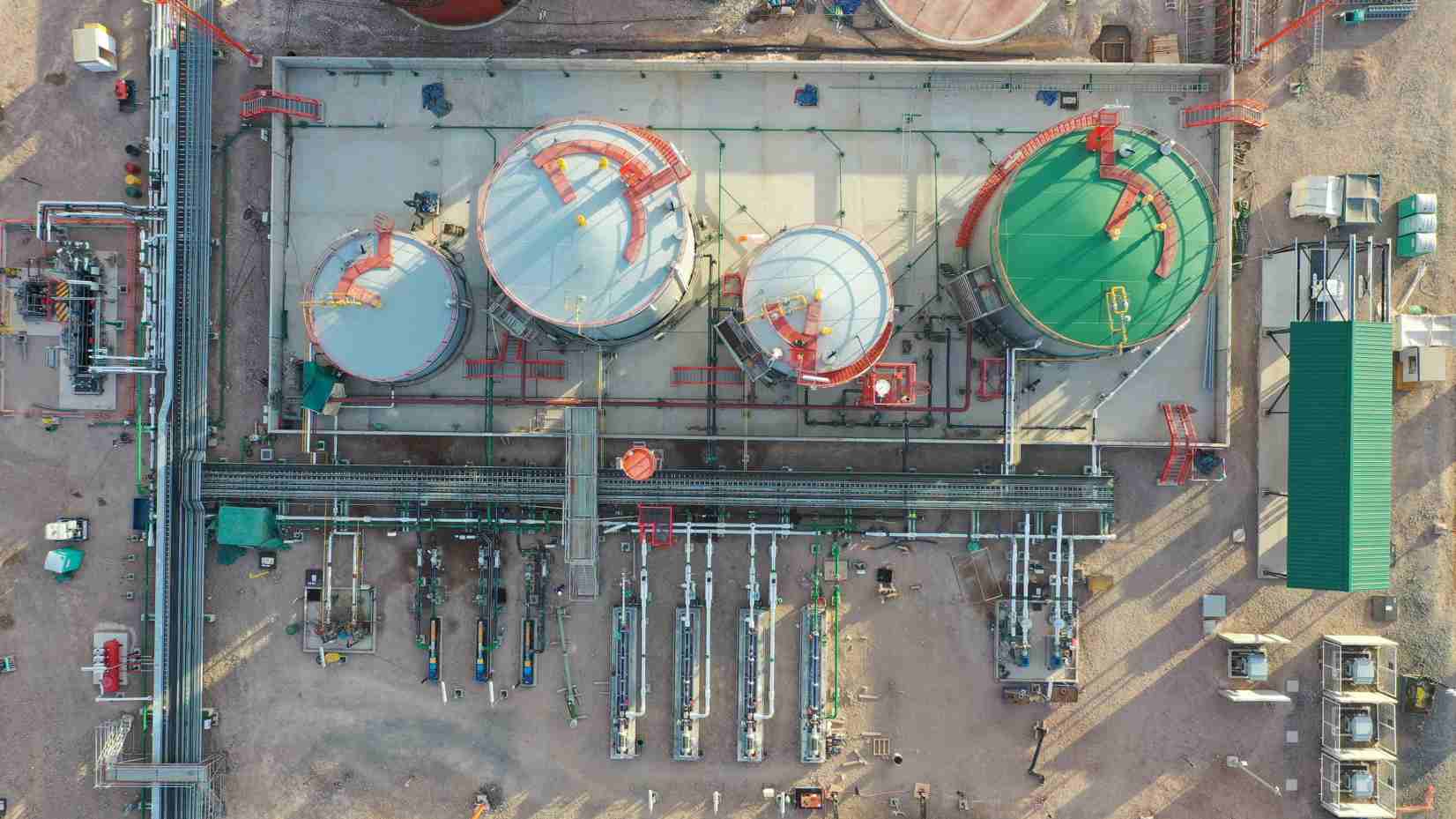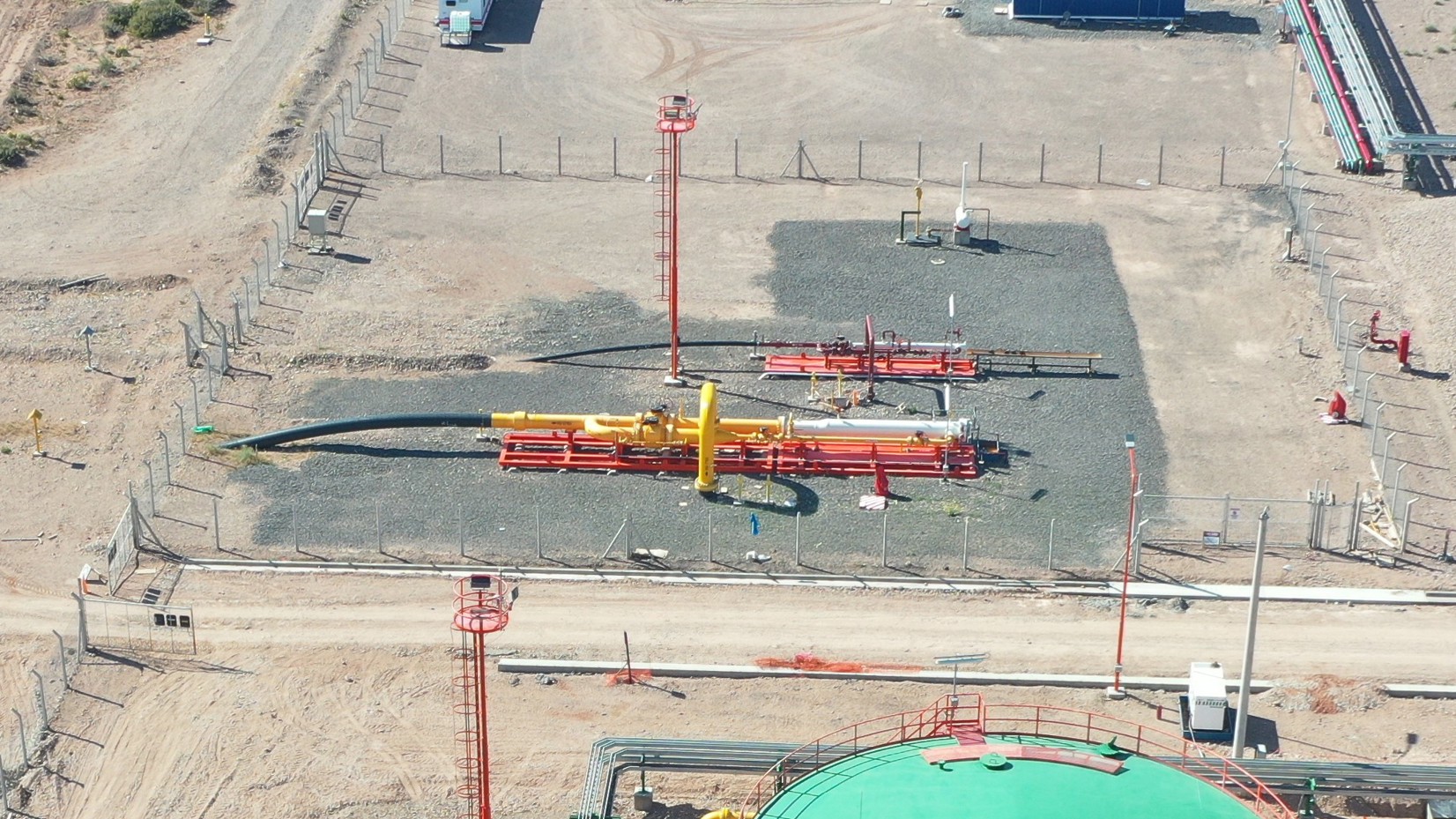| Customer | Tecpetrol S.A. |
| Scope of work | EPC |
Segment
Oil & Gas
The Fortín de Piedra project involved the design and construction of all the surface installations required to extract, treat and transport the gas produced by Tecpetrol in Vaca Muerta. The finished works mean that 21 million m3 of gas can be processed per day at the second largest unconventional gas play in the world.
At Fortín de Piedra, the key challenge was the tight timeframe, justifying the implementation of an innovative fast-track working methodology. This modality envisages the simultaneous execution of project design and construction, where tasks and activities normally performed in a rigid sequence are carried out in tandem in an orderly manner. Thanks to this approach, we were able to achieve considerable reductions in timing and improve the schedule.
